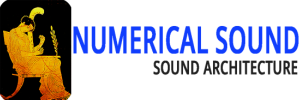- Home
-
Products
- Rack Extensions >
- Timbral Impulse Products >
- Reverberation Impluse Products >
- Sampling CDS >
- Drone Archeology >
- Sly Dunbar
- Clyde Stubblefielf
- Bernard Purdie
- Armando Bog
- Kick n Jazz
- DNA Groove Templates >
- Midi Files >
- Bluthner Digital Mode >
- Product Reviews >
- Product Registration >
- Original Music for Licensing
- Clients
- About
- Media
- FAQs
- Contact
- Hollywood Sound IR_Discount
